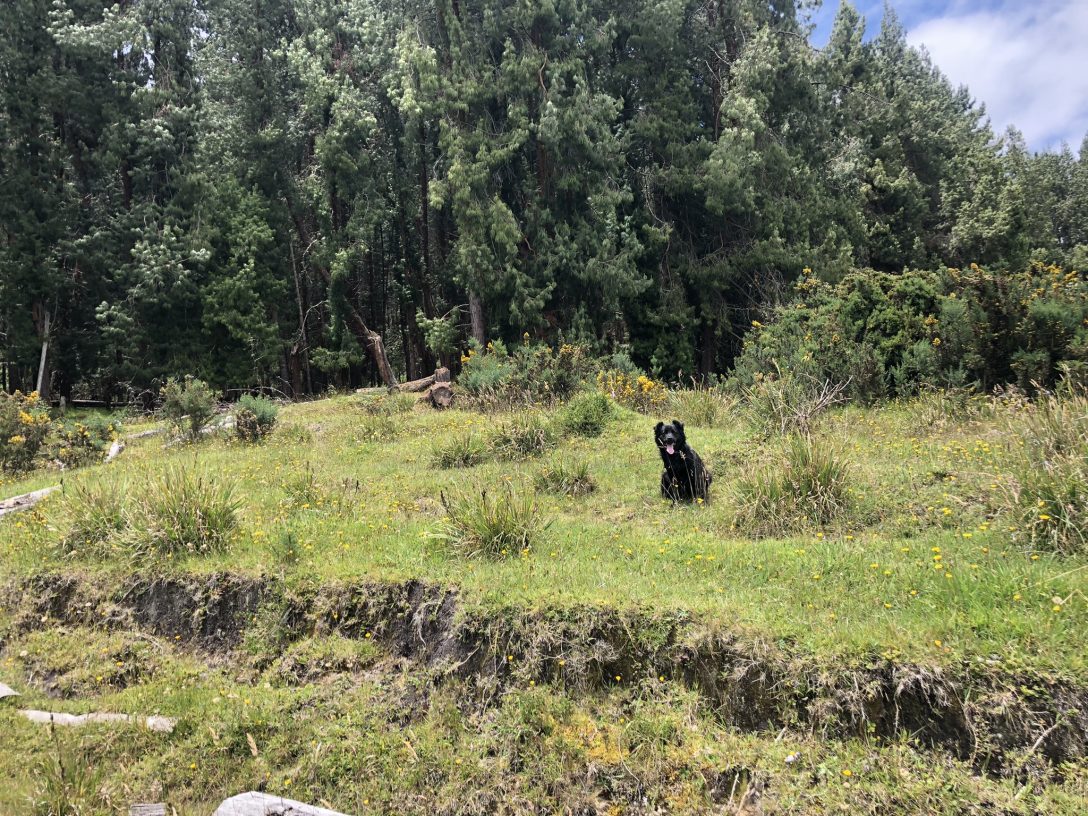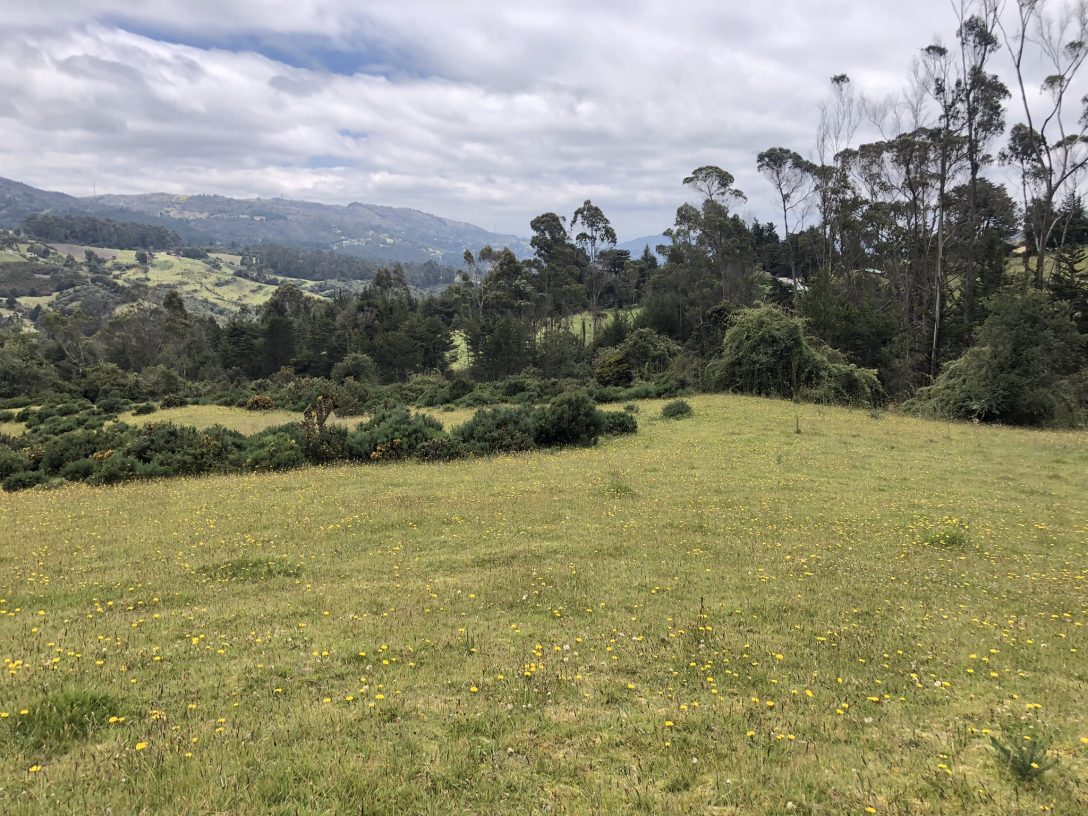Green infrastructure and NbS to ensure water security in Bogota
The public entity Empresa de Acueducto y Alcantarillado de Bogotá (EAAB) entrusted IDOM with the development of a portfolio of green infrastructure and Nature-based Solutions (NbS) projects in the short and medium term that would contribute to guarantee water security in the capital of Colombia.
The project developed by IDOM aimed to provide innovative solutions to ensure the quality and supply of water in the Colombian capital and was designed in a participatory manner with the EAAB and the Inter-American Development Bank (IDB) at a pre-feasibility level for the three supply systems of Bogota (Tibitóc-North, Chingaza and Sumapaz-South).
In developing this project, an initial analysis and diagnosis of the three water systems was carried out, including an environmental assessment, identification of the infrastructure of dams, water treatment plants, rivers, green infrastructure, protected areas and urban centers supplied. In addition, a regulatory and stakeholder study was conducted to provide information on the instruments and responsible parties that provide and guarantee water in the capital.
Based on this characterization study, the investment objectives of a future strategy to be developed for the improvement of water quality were defined and the best areas (in terms of land) for the development of these activities were prioritized.
In a second part, the strategic level of the project was based on pilot projects to demonstrate the potential of NbS, in particular the most innovative ones. Due to the size of the study area and the lack of previous studies, a prioritization methodology was developed from scratch for the numerous farms analyzed using ecosystem service quantification software. In addition, a multi-criteria analysis was conducted for longer-term prioritization with a focus beyond water.
As a result, 11 sites were found to be the most suitable for cost-effective NbS investments. After discussions with EAAB, these were narrowed down to 4, one in the North system, two others in the Chingaza system and, finally, a last one in the South system.
The work team therefore sought to develop NbS that would adapt to the needs of each site, proposing restoration and conservation as a general rule, but also improved ecotones for diffuse contamination in agricultural areas, or sequential biofilters to recover watercourses in areas where these are intermittent.
In combination with existing infrastructure (water treatment plants and reservoirs), it is estimated that Bogota will be able to guarantee clean, safe and more economical water consumption. All thanks to the green infrastructure that this project has developed, which will also have an impact on the improvement of biodiversity in the area and on the health and well-being of citizens.









